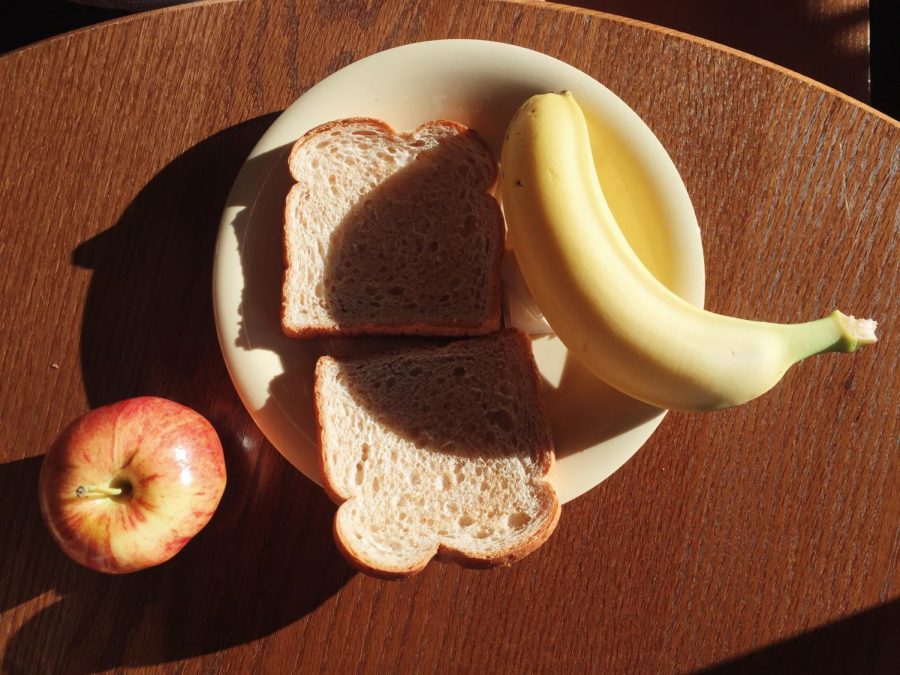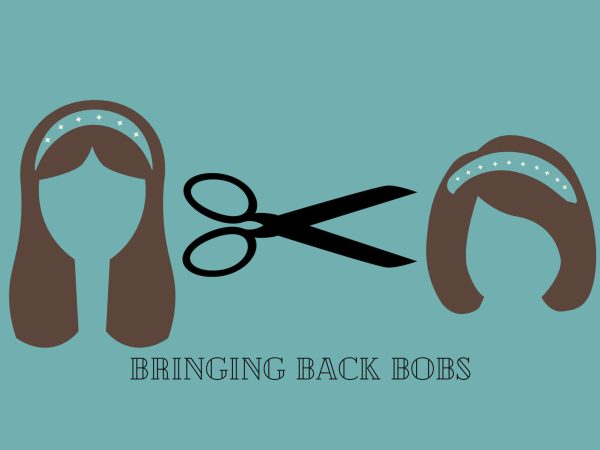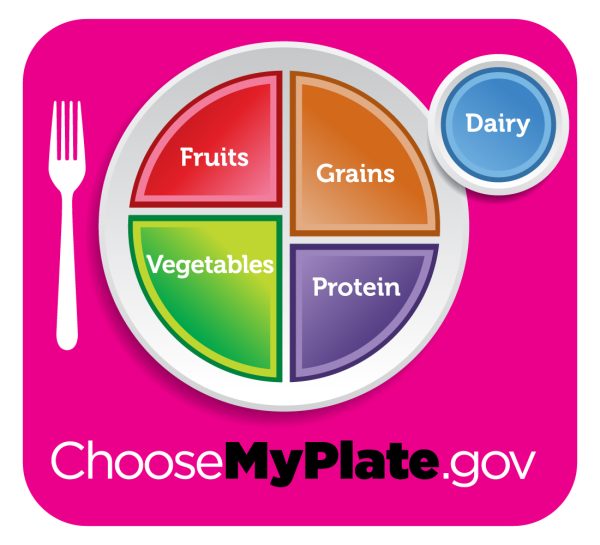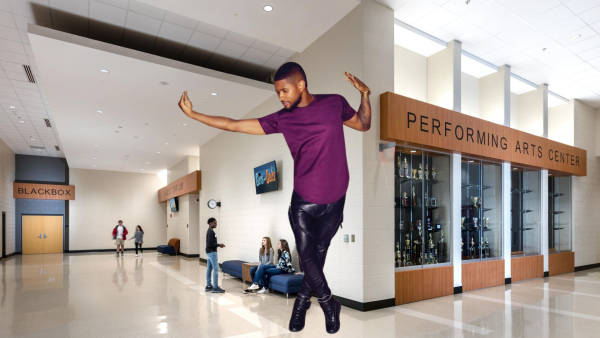Why students need longer lunches
September 22, 2017
In 1946, President Harry Truman signed the National School Lunch Act to ensure nutritionally balanced, low-cost, or free lunches for low-income students every day. Recently, lunch at school took a different turn.
A normal bell schedule at NC gives a 29 minute time period for lunch. When the bell rings, a lunch period starts. Students walk to the cafeteria, wait in line for what seems like an endless amount of time, and finally eat. Normally, the schedule allows ten minutes or less to eat. Students disagree with the given time fragment to eat lunch.
“It always seems that my classes are super far from the lunchroom, so most of the time I get my food and get to sit down, then [only] half of lunch is left,” senior Gideon Fortune said.
The small amount of time to eat causes students to buy unhealthy snacks from the vending machine or rush to eat one main entree and no sides. Meals packed with nutrition fuel the brain, boost energy, and increase focus. Unbalanced meals leave students hungry, tired, dehydrated, and unfocused.
More time for lunch would help fix the large amount of wasted food in the U.S. Students often throw away food that lunch monitors force them to take because they run out of time to eat. Schools should make it essential to give students a sufficient amount of time to enjoy their lunches. More time gives students the option to consume more nutrients and waste less food.
“A lot of my friends eat school lunch and are forced to grab sides. Most of the time, two out of three sides they grab are thrown away. It’s a serious problem that would be fixed if school lunch tasted better and we had more time,” senior Tucker Hardin said.
Lunch monitors force students to grab sides of food to purchase. Students toss the unappealing food they grab. According to a Guardian report, nearly 50 percent of all produce in the United States finds its way to landfills.
Stated in a blog, socializing during lunch raises attention spans in the classroom. Less time at lunch causes less communication among students. Communicating with each other allows students to destress after two periods or longer of class time.
“I don’t like shorts lunches because most of the time my friends spend most of lunch standing in line. By the time they come back to the table to eat, lunch is already over. We don’t get to talk or socialize because of that time frame,” senior Victoria Thomas said.
Normally, teachers prefer little to no communication in the classroom unless teacher permits. By increasing the lunch time frame, students receive more opportunity to destress and relax. Students agree that school exhausts them and more social time improves students thoughts of school.
“School makes me so tired at the end of the day and lunch does not feel like a break. It is really rushed and I like to have more time to talk to my friends in person rather than over text. If we had longer lunches, then school would feel less packed,” senior Onyi Okeke said.
Important to student health, school lunches offer a physical and mental break. More lunch time would lower the high levels of stress that students experience and provide them with more time to consume their meals.


















Kat Shambaugh • Oct 1, 2017 at 10:02 PM
Amen! Very well-written and convincing. 🙂